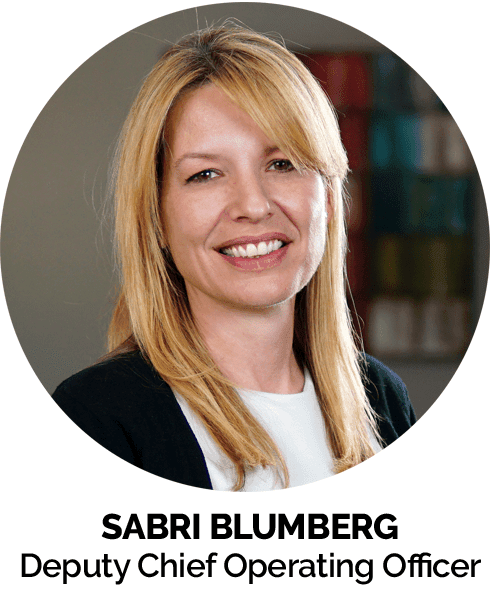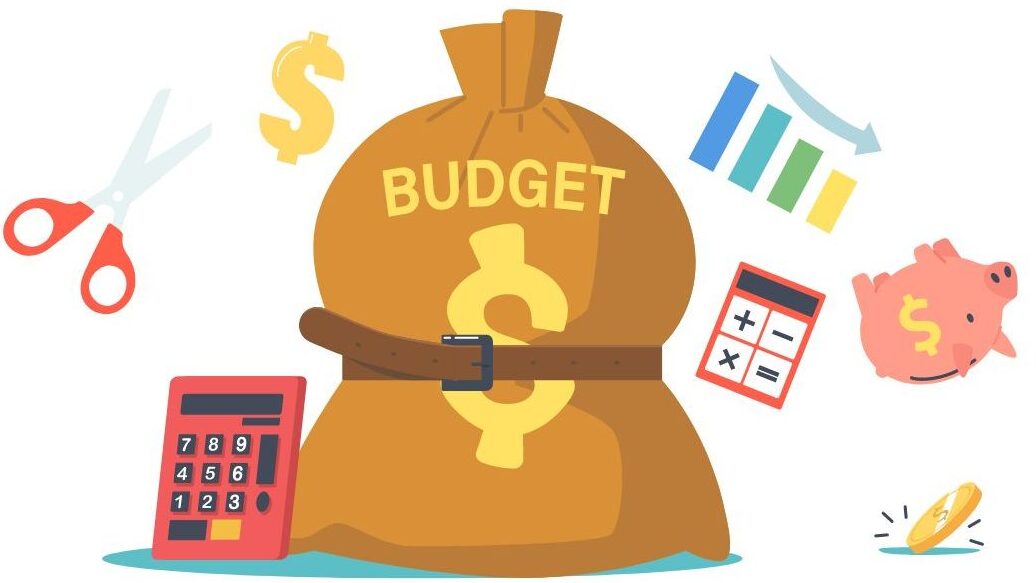
This week’s blog post comes from the “Ask Sabri” column in our magazine. As it addresses a question that is highly relevant to many dental practice owners right now, we wanted to share it on our blog, as well. Enjoy!
Q: I’ve been noticing more patients being disapproved for 3rd party financing recently, and also more patients with no room left on their credit cards. Is this normal right now and is there anything we can do about it?
Thank you for your question! You are definitely not alone.

With the recent inflation and economic uncertainty, we’re going through what I call a “tightening” period economically.
It’s hard to say precisely what the state of our economy is right now. The stock market is up and unemployment isn’t bad, and yet I don’t think
anyone would say things are good—although I am certainly no economist myself.
The only things we do know for sure are that the cost of living has risen much higher than wages, interest rates are still high, and a lot of people are struggling to keep their heads above water financially.
All these factors can result in a scenario where patients are hesitant to spend money and may have less room available on their credit cards. Banks are also more hesitant to spend money, so you may see more disapprovals from third party financing companies.
This means that if you don’t change anything, your average case size will shrink, and a lower percentage of treatment plans will be accepted and paid in full.
The solution is to generate more opportunities to present treatment
If fewer cases will be accepted (or approved for financing), then the solution is very simple: you need to present MORE cases!
(Of course, improving your case acceptance skills and making financial arrangements easier for patients is also crucial. If you think you have room for improvement, schedule a free consultation here or attend the MGE Communication & Sales Seminars.)
And how do you find more opportunities to present treatment?
There are two options:
- See more new patients—which typically means increasing your marketing budget. This can be a good idea, but if this is all you do, then it is going to get very expensive very quickly.
- See more patients in hygiene. This typically includes refining your scheduling and recall protocols and running a concerted campaign to reactivate overdue/inactive patients.
There are several advantages to focusing on #2 (hygiene). First, it’s cheaper and easier! Even though hygienist salaries may be higher and it takes some work to reactivate patients—it’s still MUCH cheaper than marketing for an equivalent number of new patients.
Second, you already have your patients’ contact info, so your team can give them a call any time, and/or send an email, text message, or letter.
Third, since you already have a relationship with your patients-of-record (unlike new patients who don’t know or trust you yet), they are more likely to show up and accept their treatment plans.
This is why hygiene becomes a BIGGER priority during times of economic uncertainty
Hygiene is always important for two reasons:
- From a clinical perspective. This is how you maintain your patients’ gum health and diagnose any issues that arise to ensure the rest of their mouth stays healthy.
- From a business perspective, hygiene is how you retain patients and is where you will diagnose and present the majority of the doctor’s production. (Or it least, it should be.) If you don’t believe me, pull up the Incomplete Treatment List in your software sometime. There is plenty of outstanding treatment amongst your patients-of-record.
As we just covered, that second reason becomes even more crucial during periods of economic tightening.
I understand the struggle right now, though. With rising hygienist salaries on top of skyrocketing operating costs, it’s got some dentists a little apathetic about building up their hygiene department or hiring more hygienists at the moment.
The problem is that, in my opinion, neglecting hygiene is the exact opposite of what you should be doing right now, and it will ultimately cost you much more money. 
What if your hygiene exams are “clean” (i.e. no treatment to diagnose)?
If your hygiene is “clean” (meaning that all the patients you’re seeing in hygiene have healthy mouths and there’s nothing to diagnose)—that’s another a sign of poor patient retention.
You see, the patients who accept and complete their treatment plans also tend to maintain their recare schedule. These are the easy ones to keep active in hygiene.
This is why many practices unknowingly see the same 20% of their patients continuously (their best patients who are easiest to schedule) in hygiene, while everyone else gets neglected.
Think about it: If you pull a report from your software that shows that over half of your patients have incomplete treatment—where are they? If all your hygiene exams are clean, then clearly a huge portion of your patient base aren’t showing up for their cleanings.
It takes a lot more work to reactivate the other 80% and get them to be compliant with their hygiene schedules.
How you may be losing more patients than you realize
I often speak with dentists who think, “We can’t be losing that many patients. After all, we’re still busy in hygiene!” But over the last several years they’ve had the same hygienist(s) working the same number of days each week. So, despite feeling busy, they’ve seen no actual growth in their hygiene department.
This means that for every new patient they added over those three years, they also lost a patient-of-record. They’re just treading water instead of making any progress.
Want to see how many patients you’re actually losing? Use our Hygiene Production Calculator here.
What it really takes to maximize the value of your hygiene department
Getting patients to comply with their hygiene schedules is like…well…herding cats. It’s never something where you can “set it and forget it.” It takes constant attention and reminders and re-emphasizing of the importance of hygiene to patients.
If I had to guess, I’d say about 5% of dentists actually put in the work required to maximize their hygiene department and patient retention.
It involves:
- Having an employee in charge of (and accountable for) the hygiene schedule
- Scheduling every single patient before they leave the office
- Checking the software to verify that patients are being schedule properly
- Reminder and confirmation systems
- Speaking with every patient about the importance of hygiene (and re-emphasizing this each time you see them)
- Placing promotional/educational material about hygiene around the office
- Staying in contact with your patient bases (monthly or quarterly newsletters, emails, recall cards, etc.)
- Rescheduling any cancellations/no-shows immediately
- Reactivation phone calls, text messages, emails, letters being done week in and week out
- Training your team on how to effectively schedule and reactivate patients
- Educating your team so they understand the importance of hygiene and are motivated to get patients scheduled and confirmed
There is more to it (download our ebook on Building a Profitable Hygiene Dept here), but that is a quick overview of the key points.
It may sound like a lot, but once your get the organizational systems in place and train your team on it, it runs smoothly with just a little bit of monitoring from the owner or manager.
I hope this helps! If you have any questions, email me at SabriB@mgeonline.com or request a free consultation here.



No Comments
Be the first to start a conversation